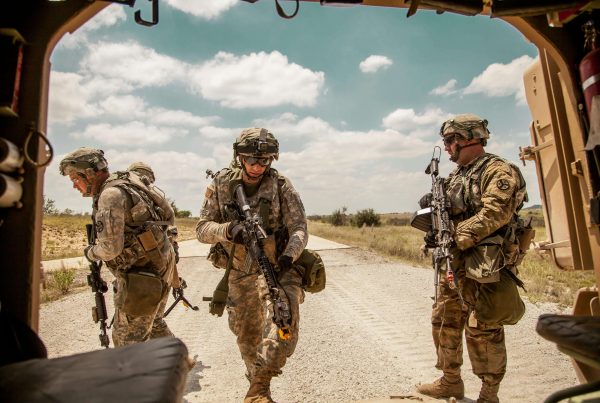Sleep apnea has long been one of the most commonly awarded service-connected disabilities by the VA, especially among veterans with conditions like PTSD, traumatic brain injury (TBI), and obesity. However, the VA is now proposing major updates to how sleep apnea is evaluated and rated, beginning in 2025. These changes could significantly affect how veterans qualify for compensation and the level of benefits they receive.
Understanding Sleep Apnea Ratings Today
Currently, the VA evaluates sleep apnea under Diagnostic Code 6847, assigning disability ratings based on symptoms and the use of a CPAP (Continuous Positive Airway Pressure) machine:
0% for asymptomatic sleep apnea
30% if a CPAP machine is required
50% for persistent daytime sleepiness and other symptoms
100% if the condition is so severe it causes chronic respiratory failure or requires a tracheostomy
In practice, many veterans receive at least a 50% rating simply by demonstrating a diagnosis of obstructive sleep apnea and showing that they require a CPAP machine, even if they don’t have other severe symptoms.
What’s Changing in 2025
The VA’s proposed updates to the rating schedule will no longer automatically assign a 50% rating for the use of a CPAP machine. Instead, the emphasis will shift to how much sleep apnea impairs a veteran’s ability to function, particularly focusing on symptoms like excessive daytime fatigue, cognitive issues, or other functional limitations.
In short, use of a CPAP machine alone may no longer justify compensation. Veterans will need to show that sleep apnea significantly impacts their quality of life or ability to work in order to receive a rating.
Why Is the VA Changing the Sleep Apnea Criteria?
The VA argues that the current rating system is outdated and over-reliant on treatment (i.e., CPAP use) rather than actual disability. By focusing on functional impairment, the VA hopes to align more closely with modern medical standards and the way other conditions are rated.
However, this shift is expected to reduce the number of high-percentage ratings and could make it harder for veterans to qualify for benefits unless their condition is especially severe.
Who Will Be Affected by the Changes?
Veterans currently receiving compensation for sleep apnea will likely be “grandfathered in,” meaning their existing ratings will not be reduced as long as their condition remains the same. However, new claims filed after the rule changes take effect will be evaluated under the updated criteria.
This could especially affect veterans who have mild or moderate cases of sleep apnea, or those whose symptoms are well-managed with treatment but who still rely on CPAP machines.
What Should Veterans Do Now?
File a claim as soon as possible. If you have a diagnosis of sleep apnea and use a CPAP machine, submitting a claim before the new rules take effect may help you secure a 50% or higher rating under current criteria.
Collect strong medical documentation. Include sleep study results, doctor’s reports, and records of treatment to support your claim.
Connect sleep apnea to other service-connected conditions. Many veterans develop sleep apnea as a secondary condition to PTSD, TBI, or weight gain from limited mobility due to service-related injuries. These connections can strengthen your claim, even under the updated system.
Work with a Veterans Service Organization (VSO). VSOs are familiar with changes to the VA system and can guide you through the process to improve your chances of a successful claim.
Final Thoughts
The 2025 changes to sleep apnea ratings could drastically reduce the number of veterans qualifying for compensation, especially those who rely on CPAP machines but have otherwise manageable symptoms. Veterans should act now to file claims under the existing criteria and protect their benefits before the new standards take effect.
Veterans who are already service-connected for sleep apnea should stay informed about these updates but rest assured that their current ratings are unlikely to change. However, those with pending or future claims must be ready to demonstrate not just treatment, but genuine functional impairment, to meet the new threshold for VA compensation.



